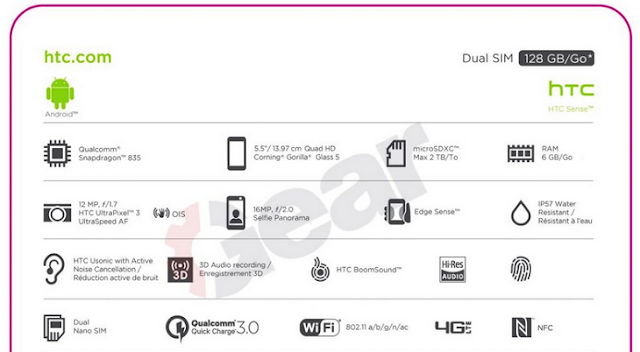Save the output of the command prompt Command Prompt is the best way to get them to the technical department, analyze them with an editor or to interact with them more flexibly than on the command prompt.
To move the output of the commands to a text file instead of showing them on the Command Prompt screen, we will retrieve the statements and append them to the ">" symbol.
HowToGeek gives an example, if you want to save the output of the DIR function to a text file instead of scrolling on the Command Prompt, you will need to use this command line:
DIR > some-descriptive-filename.txt
As another example, when you run the DIR command from the C: \ path above, it will automatically save the output to the "c-drive-directory-output.txt" file on drive D.
Note that when accessing this command will not display on the CMD window as normal that it will be in the text file you specified, to see the results you open the text file.
Any command with a " > " followed by a filename behind the results will be saved to that special text file.
In addition to executing the command once, you can also tweak the results to a text file with ease. For example, if you want to output the result of the same command to the same text file, before and after you make some changes, what you need to do is replace " > " with " >> " in the second command. As in the picture.
To move the output of the commands to a text file instead of showing them on the Command Prompt screen, we will retrieve the statements and append them to the ">" symbol.
HowToGeek gives an example, if you want to save the output of the DIR function to a text file instead of scrolling on the Command Prompt, you will need to use this command line:
DIR > some-descriptive-filename.txt
As another example, when you run the DIR command from the C: \ path above, it will automatically save the output to the "c-drive-directory-output.txt" file on drive D.
Any command with a " > " followed by a filename behind the results will be saved to that special text file.
In addition to executing the command once, you can also tweak the results to a text file with ease. For example, if you want to output the result of the same command to the same text file, before and after you make some changes, what you need to do is replace " > " with " >> " in the second command. As in the picture.
































